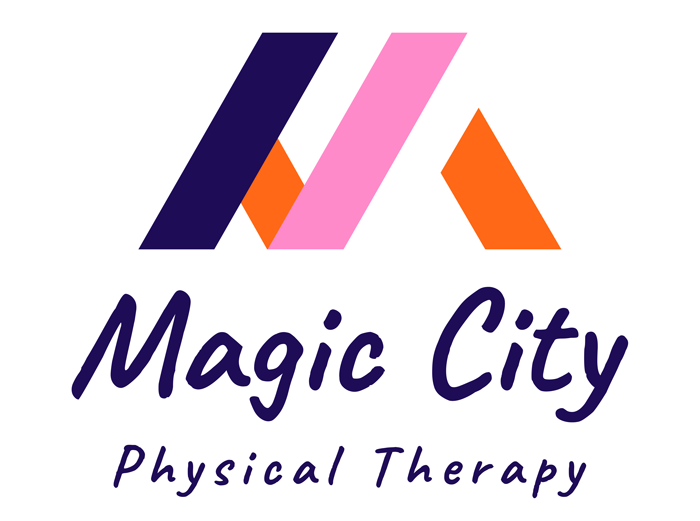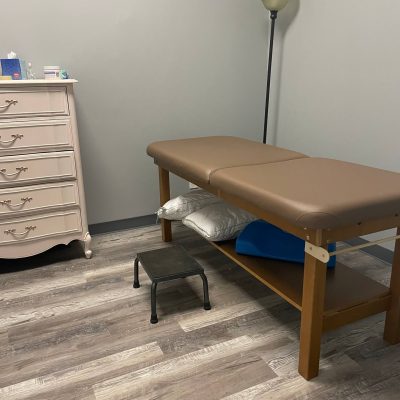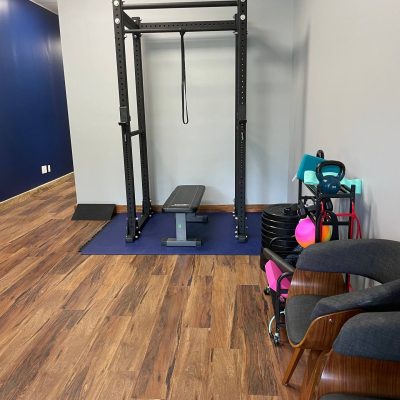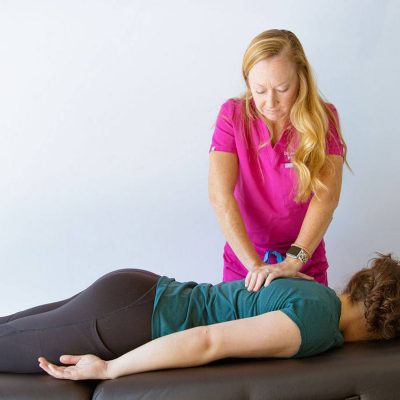During pregnancy, your body is flooded with estrogen and progesterone to support the growing baby and maintain the uterine lining. But after birth, especially if you’re breastfeeding, estrogen levels plummet. This hormonal shift is a normal, expected part of postpartum physiology, but it can create real and uncomfortable changes—particularly in the pelvic region.
Low estrogen can result in:
- Vaginal dryness
- Decreased tissue elasticity
- Pelvic floor thinning or fragility
- Increased sensitivity or irritation
- Delayed tissue healing
Estrogen levels remain lower throughout the breastfeeding journey, often mimicking a temporary menopausal state. That means even months after giving birth, many people experience ongoing pelvic discomfort, especially during activities like intercourse, exercise, or simply sitting for long periods.
Common Postpartum Complaints Linked to Hormones
Let’s break down a few of the most frequent issues we see in the clinic:
- Pain with Intercourse (Dyspareunia)
After birth, especially while breastfeeding, low estrogen can contribute to vaginal dryness, thinning of the vaginal tissues, and reduced natural lubrication. Combine that with the physical stress of labor or a perineal tear, and the result is often pain or discomfort with penetration. Many new parents are surprised—and sometimes distressed—by this, especially if no one warned them it could happen.
- Pelvic Floor Tension or Pain
While we often talk about pelvic floor weakness postpartum, it’s equally important to consider overactivity or tension. Stress, sleep deprivation, and hormonal shifts can all lead to a hypertonic (tight) pelvic floor. This can feel like deep aching, pressure, or stabbing pain in the pelvis, and may worsen with intercourse, bowel movements, or prolonged sitting.
- Scar Sensitivity: Perineal or C-Section
Whether you delivered vaginally or via Cesarean, you may be left with scar tissue. Estrogen supports skin and tissue regeneration, so in its absence, scars may feel stiffer, more sensitive, or less mobile. C-section scars can pull uncomfortably on surrounding tissue, while perineal scars may cause sharp or burning sensations, especially with activity.
How Pelvic Floor Physical Therapy Can Help
The good news? Pelvic floor therapy is a powerful tool in addressing these hormone-related changes and restoring function, comfort, and confidence.
Here’s how we help:
- Manual Therapy and Scar Mobilization
Pelvic floor therapists use gentle, hands-on techniques to release tension in pelvic tissues and improve blood flow. We can also mobilize scar tissue—whether from a C-section or perineal tear—so it becomes more pliable and less painful.
- Education and Empowerment
Understanding how your body has changed is often the first step to healing. We explain the impact of hormones, provide practical strategies, and help you feel connected to your pelvic floor again. You’ll learn how to use your breath, posture, and movement to support healing.
- Pelvic Floor Downtraining and Desensitization
If you’re dealing with pain during intercourse, we guide you through graded techniques to improve tolerance and comfort. This may include use of vaginal moisturizers or lubricants, dilator training, and gentle pelvic floor relaxation exercises. Many of our patients are relieved to find that intimacy can feel good again—with the right support.
- Muscle Balancing and Coordination
Whether your pelvic floor is too tight, too weak, or just uncoordinated after birth (which is common!), we assess your muscle function and create a personalized plan. This may include core strengthening, breathing exercises, and pelvic floor retraining to restore full function.
You’re Not Alone—and You Don’t Have to Wait
Too often, postpartum people are told to “just give it time,” or assume that pain is a normal part of new parenthood. But while hormone fluctuations are part of the process, suffering doesn’t have to be.
Pelvic floor physical therapy bridges the gap between postpartum recovery and long-term wellness. It’s never too soon—or too late—to seek care. Whether you’re weeks, months, or even years postpartum, your body deserves attention, support, and healing.
A Final Word
Postpartum hormones—especially low estrogen while breastfeeding—can significantly impact pelvic floor health. If you’re feeling confused about the changes in your body, or struggling with pain or tension, you’re not imagining it. Your body is doing the best it can in a low-estrogen environment, and with the right tools and support, it can heal.
Pelvic floor therapy is here to help you reconnect with your body, relieve pain, and restore comfort—so you can focus on what really matters: caring for your family and yourself.







